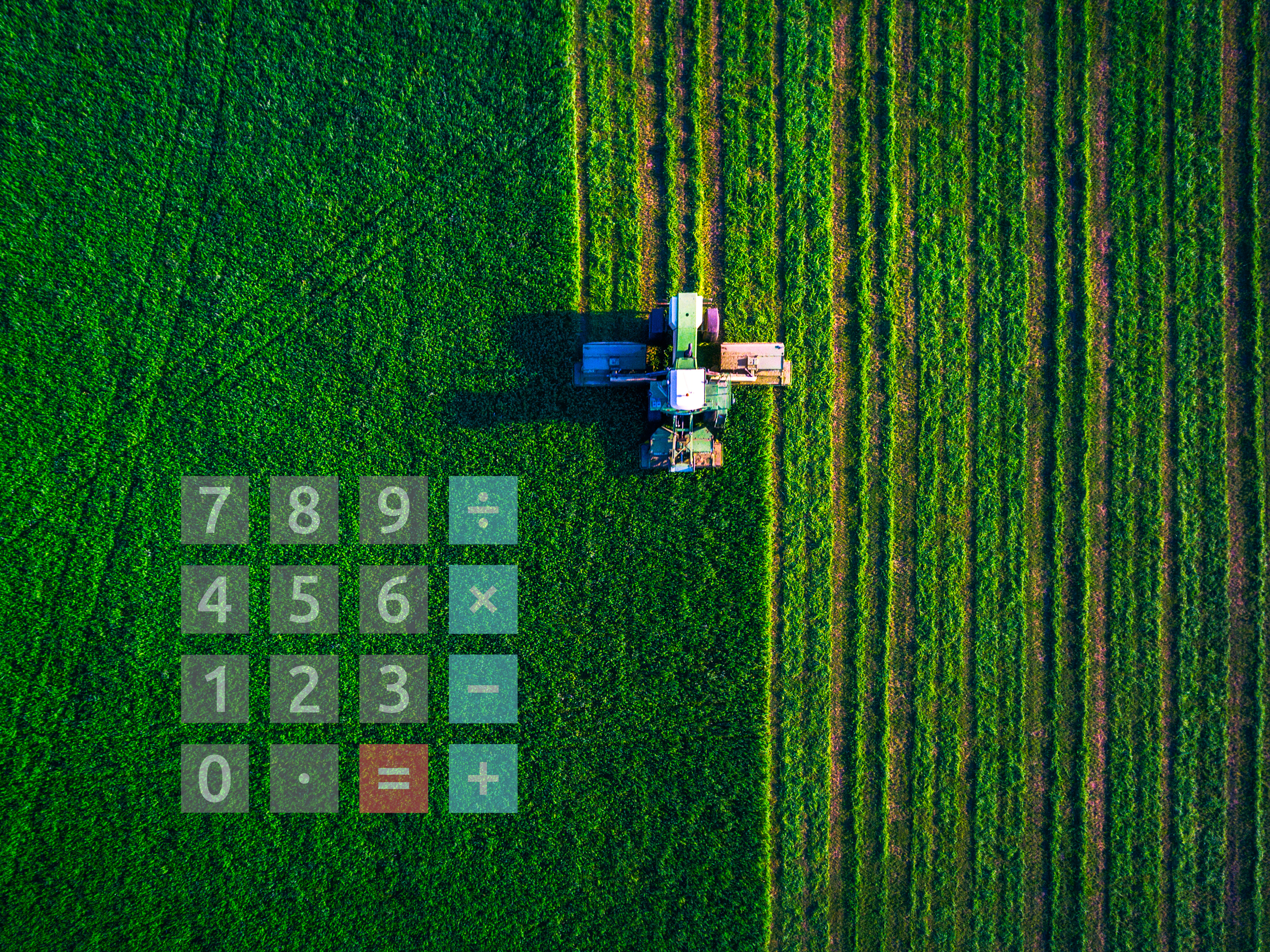What the limits of traditional accounting mean for the future of food
Jean Haggerty
Fri, 11/06/2020 – 01:00
Traditional accounting methods do not fully capture the externalized costs of economic activities in the food and agricultural space, and this shortcoming is becoming more apparent because climate change is intensifying the focus on sustainable development. Against this backdrop, some industry officials think that true-cost accounting for food offers a better way forward.
True-cost accounting aims to make visible the full costs of food by identifying, measuring and valuing the positive and negative environmental, social and health-related externalities of food and agricultural systems. The idea is that it can help companies make informed decisions about their supply chains, help governments develop more effective policies and help consumers make better buying decisions.
But few are using true-cost accounting to assess the externalities of food, as experts made clear at a session on the topic at last month’s VERGE 20 conference.
A big hurdle is the initial reaction to the idea of sustainable food systems, which is, “Oh no, food is going to get more expensive,” said Pavan Sukhdev, president of WWF International and CEO of GIST Advisory, a sustainability consulting firm. “[But] that’s not true,” he added, noting that thinking only about supermarket prices means overlooking other real costs.
According to Sukhdev, true-cost accounting can help because it recognizes that there are many “wallets.”
“Some of [these wallets] transact in money and some transact in health,” he explains. “Some will transact to future generations and others will cost the climate. But the costs are there. The question is, are we recognizing them? Are we measuring them? Are we valuing them and are we managing them?” Sukhdev said.
To manage is to measure
To be efficient in the way that it distributes credits and directs financing in the food and agricultural sectors, the financial market needs accounting methods that offer a full insight into the positive and negative externalities, Jan Köpper, head of impact transparency and sustainability at GLS Bank, told the VERGE audience.
If the financial market is to account for sustainable development, it needs to make sure that information is distributed in a way that achieves allocation efficiencies and contributes to sustainable development, he added. “We need to make sure that we understand the true value of an economic activity,” he said, noting that this is a key reason why GLS Bank is active in true-cost accounting for food.
Sukhdev noted that a significant amount of the value of food production never gets measured.
“Yield per hectare is the only metric that is commonly used to measure food systems. But what about the billion people employed and the value of that sustainable employment? [And] what about the climate costs?” he added.
For the nature-based food and agricultural sector, the focus on climate change and sustainable development mean that it will need to increase its focus on sustainability so that it can thrive while feeding the world’s growing population.
Applying true-cost accounting
By design, true cost accounting for food is about understanding the value that nature delivers every day. “No bees send invoices, even though their pollination is estimated to be worth [$176 billion] per annum… [And] our food system wouldn’t exist without pollination,” said Sukhdev.
“[For us] in its most standard approach, true-cost accounting is about the wallet of natural capital, the wallet of human capital and the wallet of social capital,” said Christian Geis, commercial director at Lebensbaum, a mid-sized tea, coffee and spices company based in Germany that applies true-cost accounting to its upstream and core processes.
At Lebensbaum, applying true-cost accounting to its upstream processes involves going back to suppliers where raw materials are harvested. On the core processes side, it means looking at energy and waste handling.
Geis said that Lebensbaum chose not to focus on applying true-cost accounting to downstream processes because too many unknowns are related to the consumer. “Does [the consumer] use a full kettle of water or just a little bit of water [to make tea]? This is hard to judge,” he said.
“We need to move to a new world of accounting… [And] we all need to work with the new standard to bring it to life,” Geis said. The Global Alliance for the Future of Food, in partnership with the Institute for the Development of Environmental-Economic Accounting and the United Nations Environment Programme, released implementation guidance on how to apply true cost accounting for food in late September.
The Global Alliance for the Future of Food’s new step-by-step guide builds off work of The Economics of Ecosystems and Biodiversity for Agriculture and Food (TEEBAgriFood for short), a global initiative hosted by the U.N. Environment Programme. In 2018, TEEBAgriFood developed an evaluation framework for assessing the impacts and externalities of agriculture and food systems.
VERGE 20

